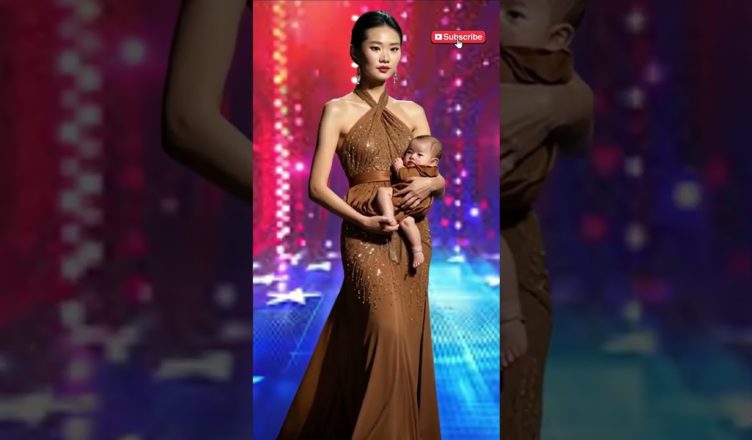The stage lights dimmed, and the crowd fell silent. A lone woman stepped into the spotlight on America’s Got Talent, exuding an eerie calm. Dressed in black and red, she gave nothing away — until her hands began to move.
What started as a simple illusion quickly escalated into something straight out of a psychological thriller.
With a flick of her wrist, her face morphed, her costume changed midair, and what appeared to be blood-red petals exploded behind her. The audience gasped. The judges sat frozen. Something felt… otherworldly.
As smoke billowed around her, her movements became sharp, almost mechanical. Then — in a blink — she was gone. Vanished. People screamed. A full three seconds passed before she reappeared behind the judges’ table, untouched, smiling.
It was then whispered among the stunned crowd: this wasn’t just a magic act — it was enhanced by AI.

The precision, the timing, the seamless transformations — it had the fingerprints of artificial intelligence woven into the performance, elevating it to something nearly impossible.
The transformation was so hauntingly elegant that several audience members looked visibly shaken. Some covered their mouths. Others leaned forward, desperate to understand what they had just seen. But there were no answers. Only applause — thunderous, confused, and relentless.
This was more than a performance. It was a spectacle that blurred the line between illusion and technology.
And everyone left the theater wondering — who is she really?
And what else can she do?
